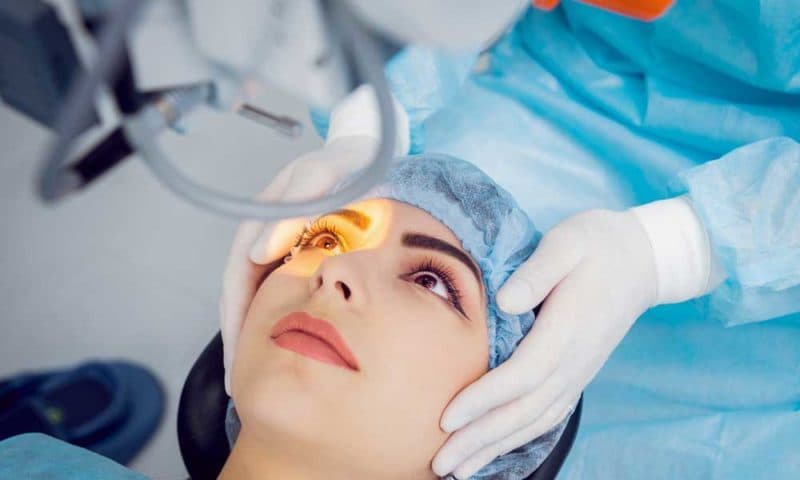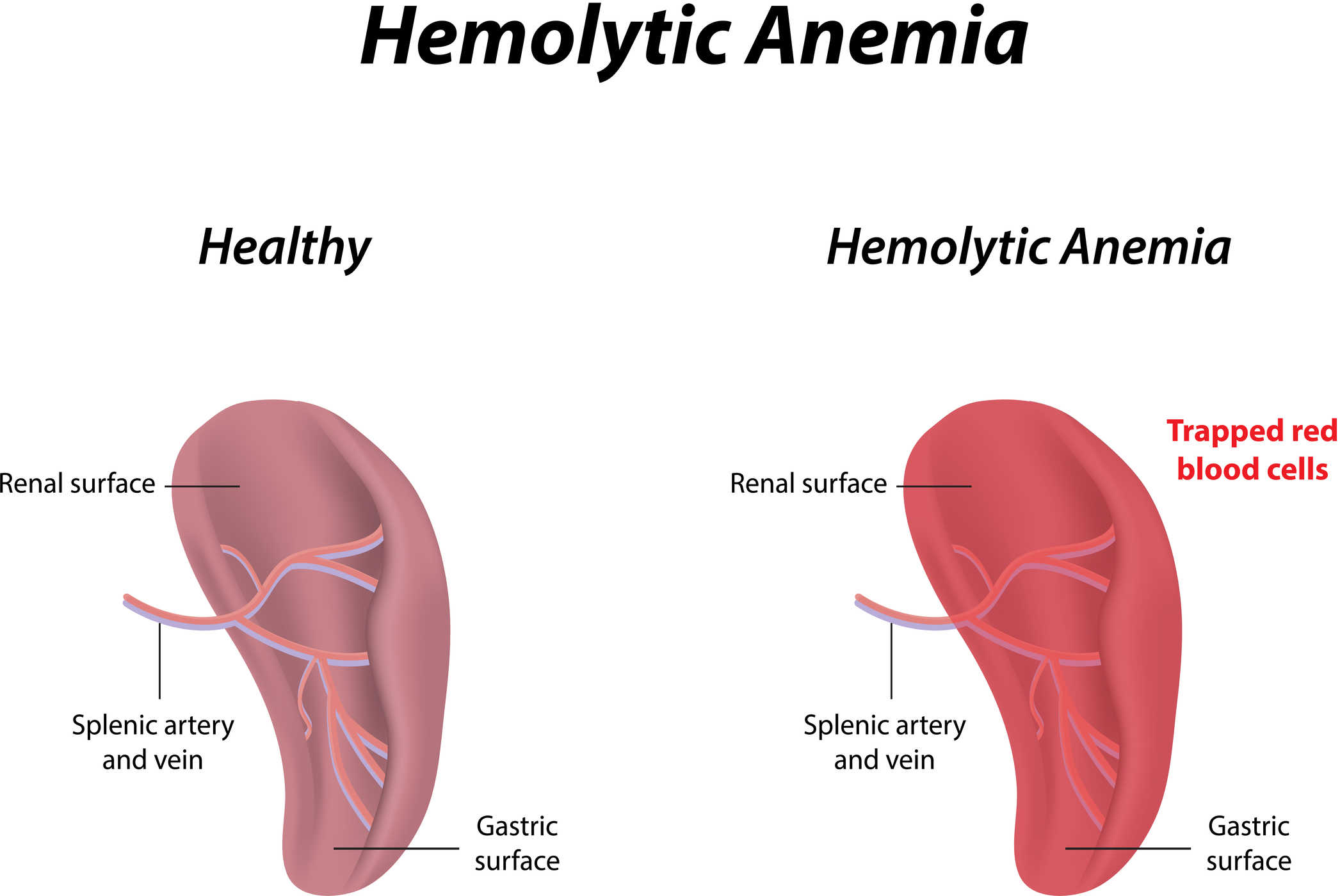Contents:
- Medical Video: Cataract Surgery (2009)
- How is the procedure for cataract surgery performed?
- How cataract surgery is done will depend on the type
- Side effects and complications that may occur after cataract surgery
Medical Video: Cataract Surgery (2009)
Cataract is one of the main causes of blindness, both in Indonesia and globally. Cataract is a visual impairment that is strongly influenced by age. Therefore the number of cases of this disease will continue to increase as the elderly population increases. The only way to cure this disease is to do cataract surgery. But not many know what happens during cataract surgery. This is the stage and process.
How is the procedure for cataract surgery performed?
Cataract surgery is usually an outpatient procedure that takes around 15 minutes to 1 hour. Before the surgery takes place, the doctor will give eye drops to dilate the patient's pupils. The patient will also receive local anesthesia to relieve pain in the area of the eye to be operated on. Because the doctor provides local anesthesia, when the surgery takes place, the patient will be conscious but numb.
After the surgery is complete, the doctor will ask the patient to rest for about 30-60 minutes. If no complaints occur, the doctor will allow the patient to go home. In addition, doctors will prescribe eye drops and advise patients to use eye protection that is used as a postoperative treatment to prevent infection, reduce inflammation, and control eye pressure. Patients are also encouraged to go home using the help of others.
How cataract surgery is done will depend on the type
The following various operating methods used to eliminate cataracts include:
- Phacoemulsification. This method is most commonly done by making a small incision into the lens substance where the cataract is formed. Then the doctor will insert a small device using ultrasound waves to break up the cataract, and pull the shards out. The rear lens is left intact so that it can accommodate artificial lenses.
- Extracapsular cataract extraction. Unlike the previous method, this operation is performed with a larger incision in the eye. The doctor will remove the front of the capsule and the foggy lens as a whole. This procedure is generally intended for those whose cataracts cover most of the lens of the eye and experience certain complications.
- Laser. Another option for cataract surgery is to use the latest laser technique. This is the type of laser used in LASIK surgery procedures. An ophthalmologist uses a laser to make all the incisions and break the cataract to make it easier to destroy and lift.
Side effects and complications that may occur after cataract surgery
The most common side effects after cataract surgery take place including:
- Blurred vision
- The eyes become more sensitive to light
- Itching arises in the eyes
Some patients may completely recover after 2 months of surgery. Even so, this healing process will vary for everyone. In addition to side effects, there are several possibilities for complications from cataract surgery, namely:
- Inflammation
- Bleeding
- Infection
- Swelling
- The eyelids sag
- Artificial lens dislocation
- Retinal detachment
- Glaucoma
- Secondary cataracts
- Loss of vision
Immediately call your doctor if after your surgery you have reddened eyes, pain in the eye that continues to manage, nausea and vomiting, and loss of vision. Check the following link to know what should be prepared before surgery and what may or may not be done after cataract surgery.












